Imagine that you don’t have any arms, legs, eyelids, or ears. Now imagine that your entire body is covered in fingernails. Then imagine that you don’t just smell things, you taste them too. That’s what life is like for a snake. Snakes rely mainly on their sense of smell to help them find food, but
Imagine that you don’t have any arms, legs, eyelids, or ears. Now imagine that your entire body is covered in fingernails. Then imagine that you don’t just smell things, you taste them too. That’s what life is like for a snake.
Snakes rely mainly on their sense of smell to help them find food, but they do have excellent eyesight, especially the snakes that hunt during the day. However, snakes don’t have eyelids! Instead, they have a hard, clear scale over their eyes, a little like a contact lens. If it gets dirty, the snake just uses its tongue to lick it clean! When a snake is shedding its skin, the scale over its eye is shed too, and a new scale grows under the old skin.
Snakes also don’t have any openings for their ears. That’s one of the easiest ways to tell the difference between a snake and a legless lizard! But that doesn’t mean a snake can’t “hear” what’s going on around it. Instead of hearing vibrations in the air the way we do, snakes “hear” vibrations in the ground!
Sound actually travels faster through the ground than in does through the air. Because they don’t have legs, a snake’s belly touches the ground almost all the time, so when a predator or prey approaches the snake, the vibrations from its footsteps travel through the ground and the snake can “hear” whether to attack or run away. That’s why the easiest way to avoid snakes when you’re out hiking is to stomp on the ground when you’re walking. Your heavy footsteps will scare the snake away!



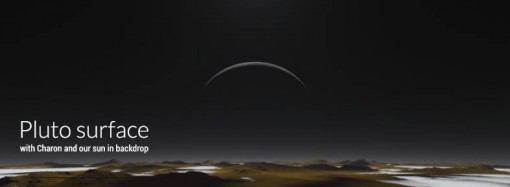
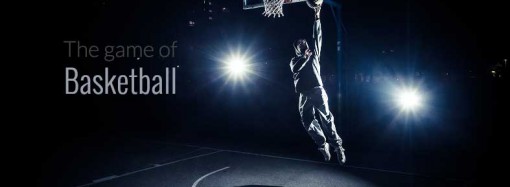



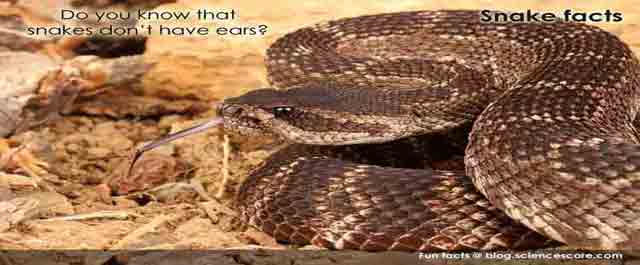


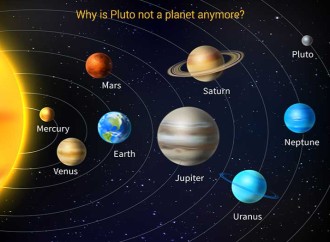



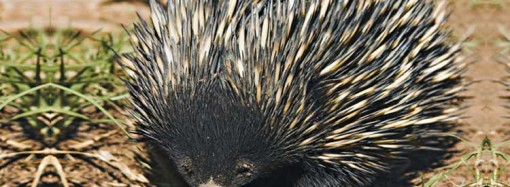







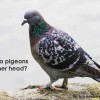

















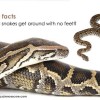




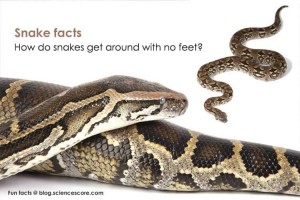

Leave a Reply